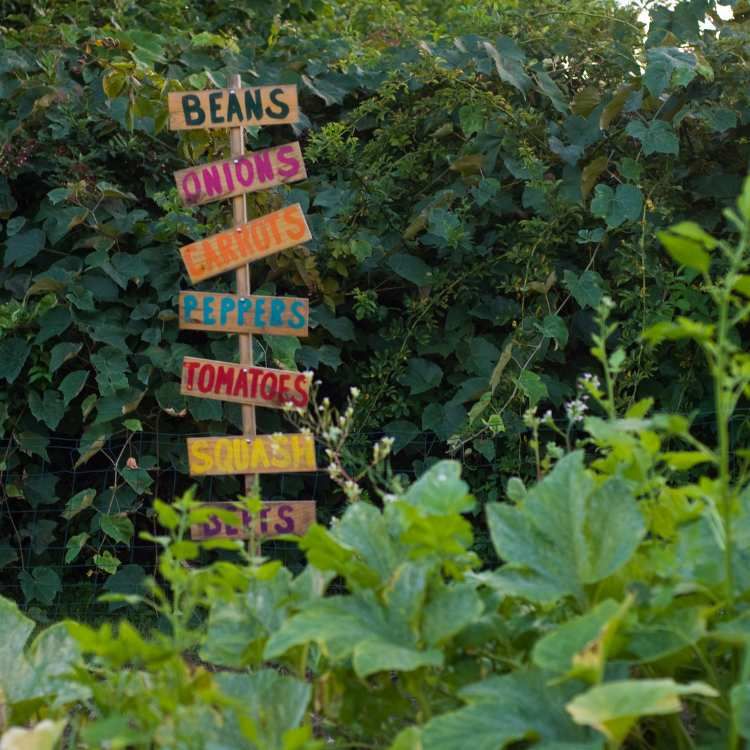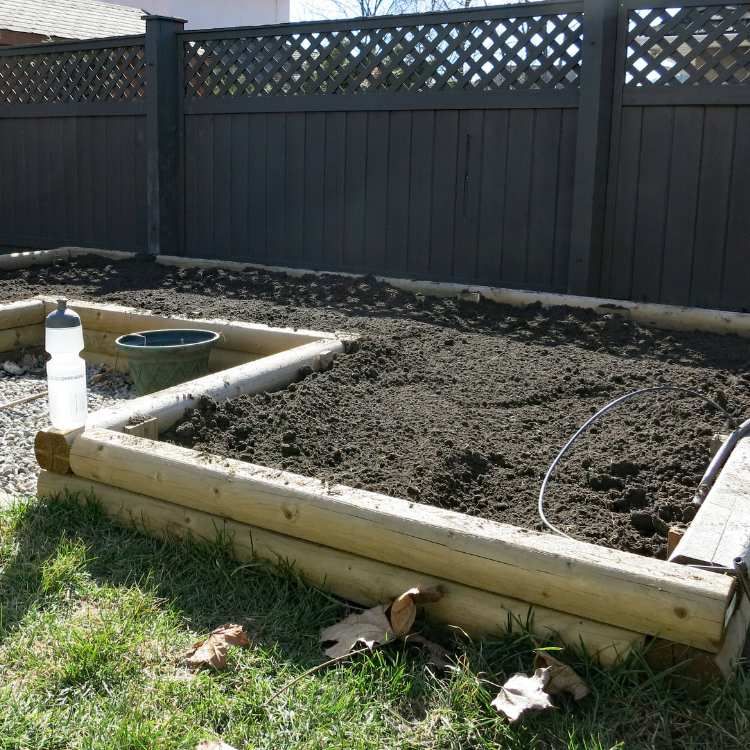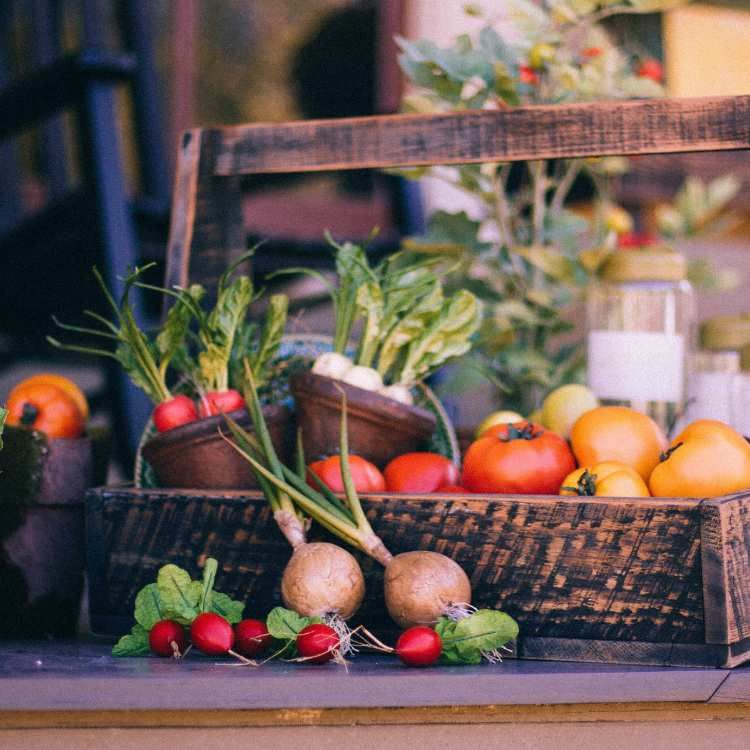
Key Takeaways
Survival gardening empowers you to cultivate food security and self-reliance.
Choosing the right location with adequate sunlight and good soil is critical.
Selecting hardy and versatile crops ensures a year-round harvest.
Implementing natural pest control and water conservation techniques is essential.
Preserving your harvest through methods like canning and drying extends the benefits of your garden.
Empower Your Plate with Survival Gardening
Imagine your backyard not just as a space for leisure, but as a vibrant source of sustenance for you and your family. That’s the essence of survival gardening – it’s about taking control of your food supply, ensuring that no matter what happens in the world, you can put food on the table. Let’s dive into how you can transform your garden into a stronghold of nutrition and security.
What is Survival Gardening?
Survival gardening is the practice of growing crops that can provide a significant portion of your food needs, especially in times of crisis. It’s about cultivating plants that are not only nutritious but also resilient to changing climates and potential shortages. This type of gardening is a proactive step towards self-sufficiency.
Key Benefits of Growing Your Own Food
Gardening isn’t just a hobby; it’s a life skill. By growing your own food, you benefit from knowing exactly what goes into your soil and onto your plants, leading to healthier, chemical-free meals. Besides that, you’ll save money on groceries, reduce your carbon footprint, and enjoy the unmatched taste of home-grown produce.
Choosing Your Survival Garden Location

Selecting the perfect spot for your garden is crucial. You want an area that gets plenty of sunlight – at least six to eight hours a day. If your space is limited or overly shaded, don’t worry. There are creative ways to maximize what you have, such as vertical gardening or choosing shade-tolerant plants.
Assessing Sunlight and Shade
Observe your proposed garden area throughout the day to determine the pattern of sunlight and shade. Most importantly, consider the changing seasons; the sun’s path will shift, and what’s sunny in summer may be shaded in winter. Adjust your garden layout to ensure your plants receive adequate light year-round.
Soil Quality and Improvement Tips
Good soil is the foundation of a successful garden. If you’re unsure about your soil quality, a simple test can reveal its pH and nutrient levels. Improving your soil might require adding organic matter, such as compost or well-rotted manure, to provide your plants with the nutrients they need to thrive.
Planning Your Crop Selection
When it comes to choosing what to plant, diversity is key. You’ll want a mix of fruits, vegetables, herbs, and possibly grains, depending on your space. Consider crops that store well, like potatoes and winter squash, and those that can be easily preserved, such as tomatoes and beans.
Example: A family in the Midwest may focus on root vegetables like carrots and beets, which can handle cooler temperatures, while a family in the South might prioritize heat-loving plants like okra and sweet potatoes.
Now, let’s talk about some specific crops that are ideal for a survival garden. For more insight, you might want to explore survival gardening techniques that can help you choose the right plants for your climate and needs.
Hardy Vegetables for Year-Round Nutrition
Some vegetables are particularly well-suited for survival gardening because they are robust, easy to grow, and offer a high yield. Kale, for instance, is a nutrient powerhouse that can be harvested throughout the growing season. Root vegetables like carrots and beets store well and provide essential nutrients.
Heirlooms vs. Hybrids: What’s Best for Survival Gardening?
Heirloom seeds are the gems of the gardening world. These seeds have been passed down through generations and are not genetically modified. They often yield more nutritious and flavorful crops. Hybrids, on the other hand, can offer more disease resistance and uniformity. Your choice may depend on your priorities and gardening conditions.
Pest management is an essential aspect of survival gardening. Instead of relying on chemical pesticides, there are natural strategies that can help keep your garden healthy and productive.
Natural Pest Control Strategies
Encouraging beneficial insects, such as ladybugs and praying mantises, is a natural way to control pests. Planting marigolds or herbs like dill and fennel can attract these helpful predators. Another method is to create barriers with row covers or use organic deterrents like neem oil and diatomaceous earth to protect your plants.
Maximizing Yield in Small Spaces
Don’t let limited space discourage you from growing a variety of crops. Vertical gardening, using trellises or stacking planters, can significantly increase your growing area. Intensive planting methods, such as square foot gardening, allow you to grow more in less space by carefully planning and spacing your plants.
Water Conservation Methods
Water is a precious resource, and conserving it is key in survival gardening. Mulching helps retain soil moisture, while drip irrigation delivers water directly to the plant roots, reducing waste. Collecting rainwater in barrels is another excellent way to ensure you have water during dry spells.
Companion Planting for Healthier Crops
Companion planting involves placing plants together that can benefit each other. For example, planting basil near tomatoes can improve their flavor and help repel pests. Similarly, tall plants like corn can provide shade for more sensitive crops like lettuce, helping them thrive in the heat of summer.
Food Preservation Essentials
Once you’ve harvested your crops, preserving them ensures you can enjoy the fruits of your labor throughout the year. There are several methods to preserve food, each with its own benefits.
Drying and Canning Your Harvest
Drying is one of the oldest food preservation techniques and is great for herbs, beans, and fruits. Canning is another excellent way to preserve a variety of foods, from pickles to sauces. Both methods allow you to store food long-term without the need for refrigeration.
Root cellaring is a time-tested method of storing fruits and vegetables in a cool, humid environment to extend their shelf life. It’s a simple and energy-efficient way to keep produce fresh throughout the winter months.
Root Cellaring Basics
Root cellaring doesn’t require a traditional cellar. You can use a basement, an insulated box buried in the ground, or even a spare refrigerator set to a higher temperature. The key is to maintain the right humidity and temperature for the specific produce you’re storing.
Maintaining Your Survival Garden
Regular maintenance is crucial for a successful survival garden. A consistent schedule for watering, weeding, and harvesting not only keeps your garden looking great but also prevents issues before they start.
Regular Care Schedule
Create a routine for garden chores to stay on top of tasks. Early morning is often the best time for watering and inspecting plants for signs of stress or disease. Regularly turning the soil and adding compost will keep your garden beds fertile and ready for continuous planting.
Monitoring your garden for signs of disease and insects is vital. Early detection can prevent a small problem from becoming a garden-wide issue.
Monitoring for Disease and Insects
Keep an eye out for discolored leaves, stunted growth, or visible pests. If you notice any of these signs, act quickly to identify the problem and treat it with an appropriate organic solution.
Check plants regularly for early signs of trouble.
Remove and destroy affected plant parts to prevent the spread of disease.
Use organic treatments like baking soda sprays for fungal diseases.
Introduce beneficial insects to combat pest outbreaks.
Extend Your Harvest Season
With a bit of planning, you can enjoy fresh produce from your garden beyond the typical growing season. Greenhouses and cold frames are excellent tools for this purpose.
Using Greenhouses and Cold Frames
Greenhouses can provide a controlled environment for growing a variety of plants year-round. Cold frames, which are simpler and less expensive, can protect your crops from frost and extend the growing season into the cooler months.
Cover Crops for Soil Health in Off-Season
Planting cover crops like clover or rye in the off-season can improve soil fertility, prevent erosion, and suppress weeds. When tilled back into the soil, they add valuable organic matter and nutrients, preparing your garden for the next planting cycle.
Example: A gardener in a temperate climate may plant a cover crop of crimson clover in the fall, which fixes nitrogen in the soil, making it available for the next season’s crops.
In conclusion, survival gardening is an art that combines practicality with foresight. By understanding and applying these techniques, you can create a garden that not only sustains but also enriches your life. Remember, every step you take towards self-reliance is a step towards a more resilient future.
As you deepen your connection with the earth through survival gardening, you’ll discover the true potential of your green thumb. But to ensure your garden thrives, investing in the right tools is a game-changer. Durable, quality tools can make the difference between back-breaking work and a smoothly run garden that you can manage with ease and joy.
Enhance Your Self-Sufficiency

Self-reliance in gardening means more than just growing your own food. It’s about creating a sustainable ecosystem that can support you and your family for years to come. To achieve this, you’ll need to look beyond the immediate and plan for longevity.
Invest in Quality Tools for Long-Term Gardening
Quality tools not only last longer, but they can also improve your gardening efficiency. Look for ergonomically designed shovels, rakes, and pruners that reduce strain on your body. Stainless steel tools are more resistant to rust and can withstand the test of time, while wooden handles offer comfort and durability.
Remember, your tools are an investment in your garden’s future. Take the time to clean and store them properly after each use, and they will serve you well for many seasons to come.
For example, investing in a sturdy wheelbarrow can save countless trips back and forth, transporting soil, compost, or harvests with ease.
Now, let’s explore some invaluable resources that can help you on your survival gardening journey.
Discover the Best Gardening Resources
To further your knowledge and skills, tap into the wealth of information available in gardening books, online forums, and local workshops. Websites like Survival Essentials offer a range of products that can aid in your gardening endeavors, from heirloom seeds to comprehensive survival seed kits.
FAQ
There are always questions when it comes to tailoring your survival garden to your specific needs. Here are some common queries and their answers to help you along the way.
What Should I Plant in a Survival Garden?
Focus on nutrient-dense and calorie-rich foods like beans, squash, leafy greens, and root vegetables. Also, consider plants that can be used for medicinal purposes, such as chamomile or echinacea. Adapt your plant choices to your climate and the size of your garden space.
How Do I Protect My Garden from Wildlife and Insects?
Install fencing or netting to deter larger wildlife.
Encourage natural predators or use organic repellents for insects.
Choose plants that are native to your area, as they’re more resistant to local pests.
Rotate crops annually to prevent pest and disease buildup.
It’s all about creating a balance in your garden ecosystem that naturally reduces the impact of pests and wildlife.
Can I Still Grow a Garden in an Urban Environment?
Absolutely! Urban gardening options include container gardens, rooftop gardens, and community plots. Vertical gardening can also maximize your growing space. Utilize balconies, patios, or any small space that receives adequate sunlight.
How Can I Maximize Food Production in a Limited Space?
Intensive planting techniques, vertical gardening, and succession planting can all help increase yield in small areas. Focus on high-value crops that offer continuous harvests, such as tomatoes, peppers, and herbs.
What Are the Best Methods for Preserving My Food?
Canning, freezing, drying, and fermenting are all effective ways to preserve your harvest. Choose the method that best suits the type of food you’re preserving and your storage capabilities. For instance, canning is excellent for fruits and vegetables, while drying is ideal for herbs and some fruits.
In conclusion, survival gardening is an empowering journey that strengthens your connection to the land and bolsters your self-reliance. With the right knowledge, tools, and resources, you can create a garden that not only sustains but also provides a sense of security and peace. Embrace the art of survival gardening, and enjoy the abundance it brings to your life.
Survival gardening is a method of gardening that allows you to sustain yourself and your family in case of a crisis. It involves growing crops that are hardy, nutrient-rich, and capable of being stored for long periods. Techniques such as permaculture, companion planting, and the use of heirloom seeds are common in survival gardening. This approach not only ensures food security but also promotes self-sufficiency and resilience in uncertain times.







Leave a Reply